Category: ZZ_Articles
-
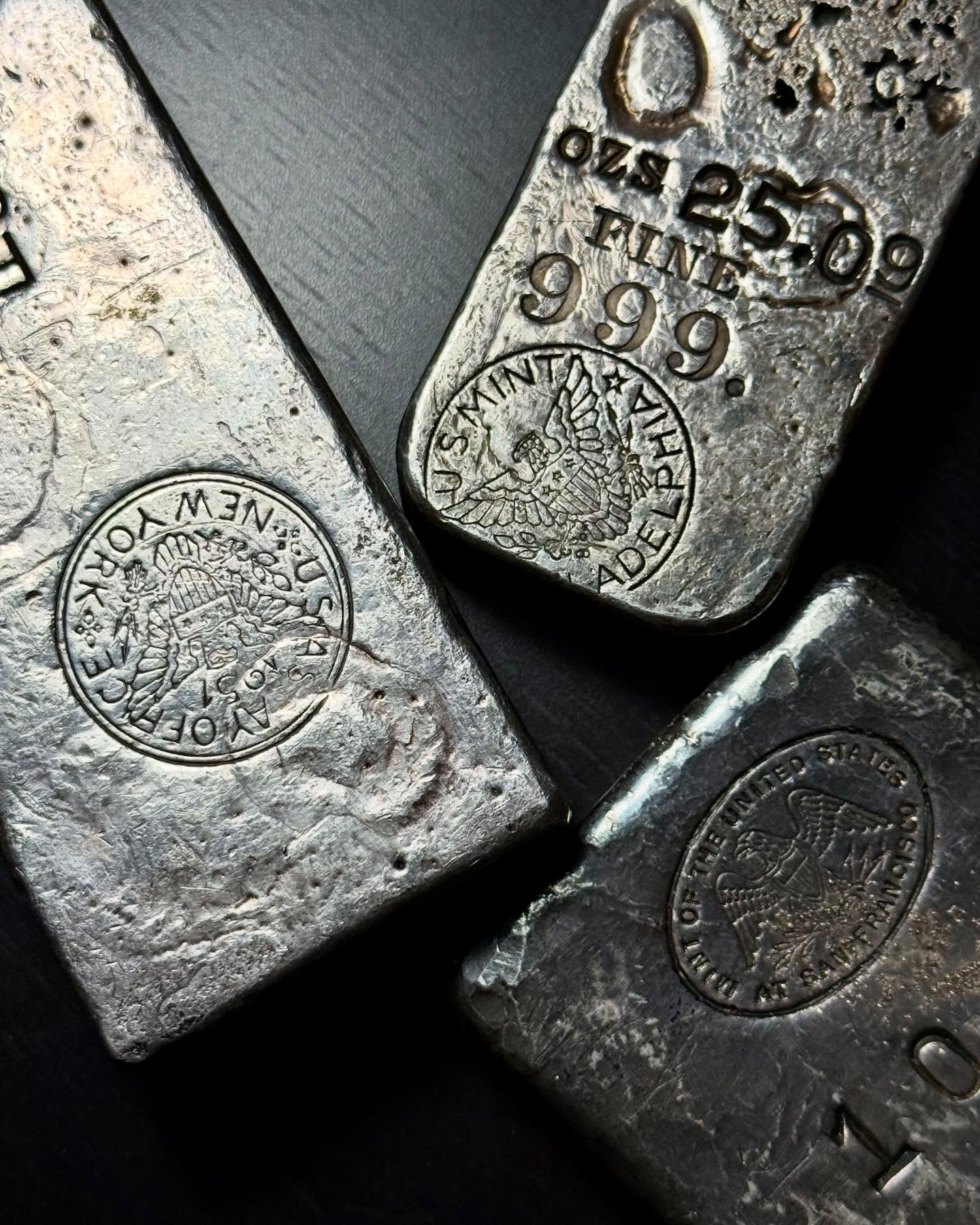
Where to Find Rare Bullion
—
in ZZ_ArticlesRead more: Where to Find Rare BullionRare bullion refers to scarce precious metal bars or ingots, typically gold, silver, or platinum, valued for their historical significance, limited production, and collectible appeal. Rare ingots are a subset of bullion, often from the 19th century, produced by assay offices or private mints during gold and silver rushes. These ingots, whether functional for trade…
-

Shipwreck Ingots
—
in ZZ_ArticlesRead more: Shipwreck IngotsThe Fascinating World of Shipwreck Ingots: Treasures from the Deep The ocean floor holds secrets of history, wealth, and adventure, locked away in the hulls of sunken ships. Among the most coveted treasures recovered from these wrecks are ingots—solid bars of precious metal that tell tales of trade, war, and human ambition. At rareingot.com, we…
-

Top 9 Factors On Pricing Rare Vintage Bars
—
in ZZ_ArticlesRead more: Top 9 Factors On Pricing Rare Vintage BarsWe’re often asked how prices are calculated on rare bars and this article will attempt to clear up some of that up. Ultimately a bar is worth what a seller is willing to sell it for and what a buyer is willing to pay – often times, that can be difficult to calculate, particularly with…
-
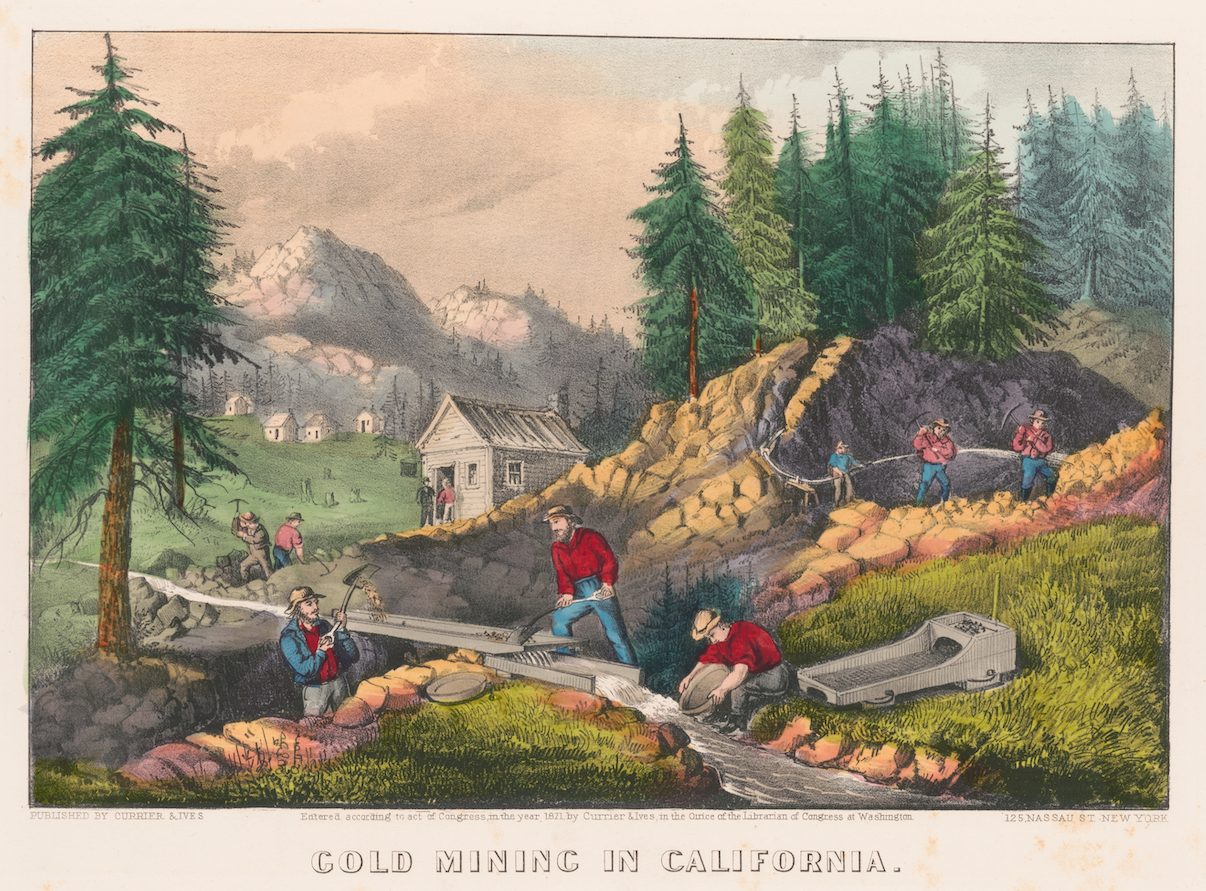
California Gold Rush Ingots
—
in ZZ_ArticlesRead more: California Gold Rush IngotsPerhaps the most famous ingots are those from the early California gold rush which capture the essence of a bygone era. The Gold Rush started in January 1848 when John Marshall discovered a gleaming flake in the tail race of a sawmill at Sutter’s Fort near Sacramento. Soon, other flakes and nuggets were found, tests…
-

19th Century Assayers – Ingot Population
—
in ZZ_ArticlesRead more: 19th Century Assayers – Ingot PopulationFor a quick glance into the relative rarity of a given assayer, we’ve counted and graphed surviving examples of ingots from each assayer and ranked them in order of greatest to least. For the purpose of this graph, we do not consider Assayers from the SSCA (Marchand, etc), and we also do not include ingots…
-
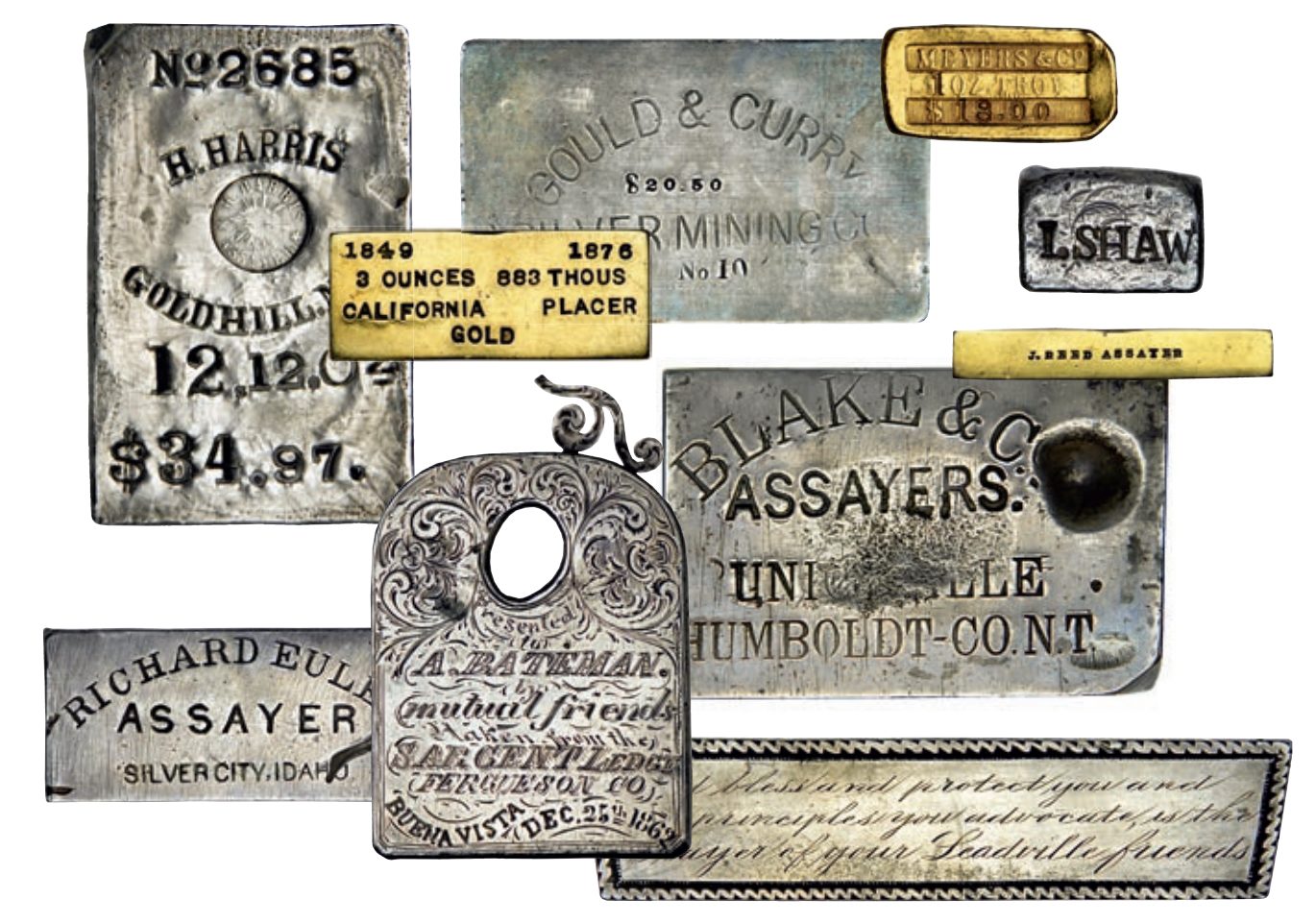
Most Valuable Rare Silver Bars
—
in ZZ_ArticlesRead more: Most Valuable Rare Silver BarsIn the world of vintage silver bars, 19th-century ingots are revered as the rarest and most valuable treasures. In 2007, Stacks Bowers auctioned off what was arguably the greatest collection assembled of these ingots from John J Ford. This consisted of a group of 59 gold, silver, and mixed metal ingots. See: Ford Auction Virtual…
-
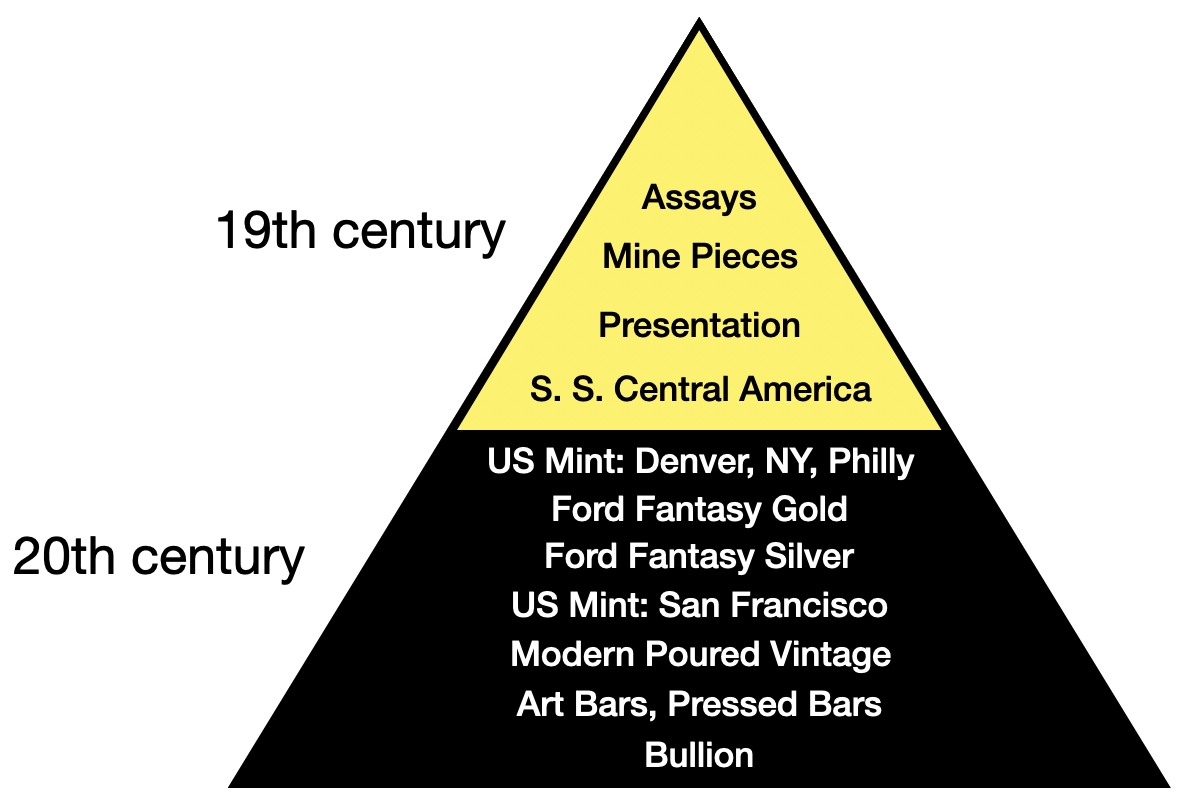
Ingot Hierarchy
—
in ZZ_ArticlesRead more: Ingot HierarchyWhen collectors are first starting out in their stacking or collecting journey, they often begin by stacking bullion. Over time they may become bored of the same things or start to look for something different to maintain interest in “the stack” and increase variety while also developing an increasing appreciation for rarity. As a result,…
-

Ingot Styles & Silver Sources
—
in ZZ_ArticlesRead more: Ingot Styles & Silver SourcesThese old Western assay bars are fascinating to study and collect, though there are few enough of them around to render either a considerable challenge. Each is essentially unique due to their hand-made nature and each has its own character. All are fascinating and rare artifacts of the old West. Aside from the few cases…
-
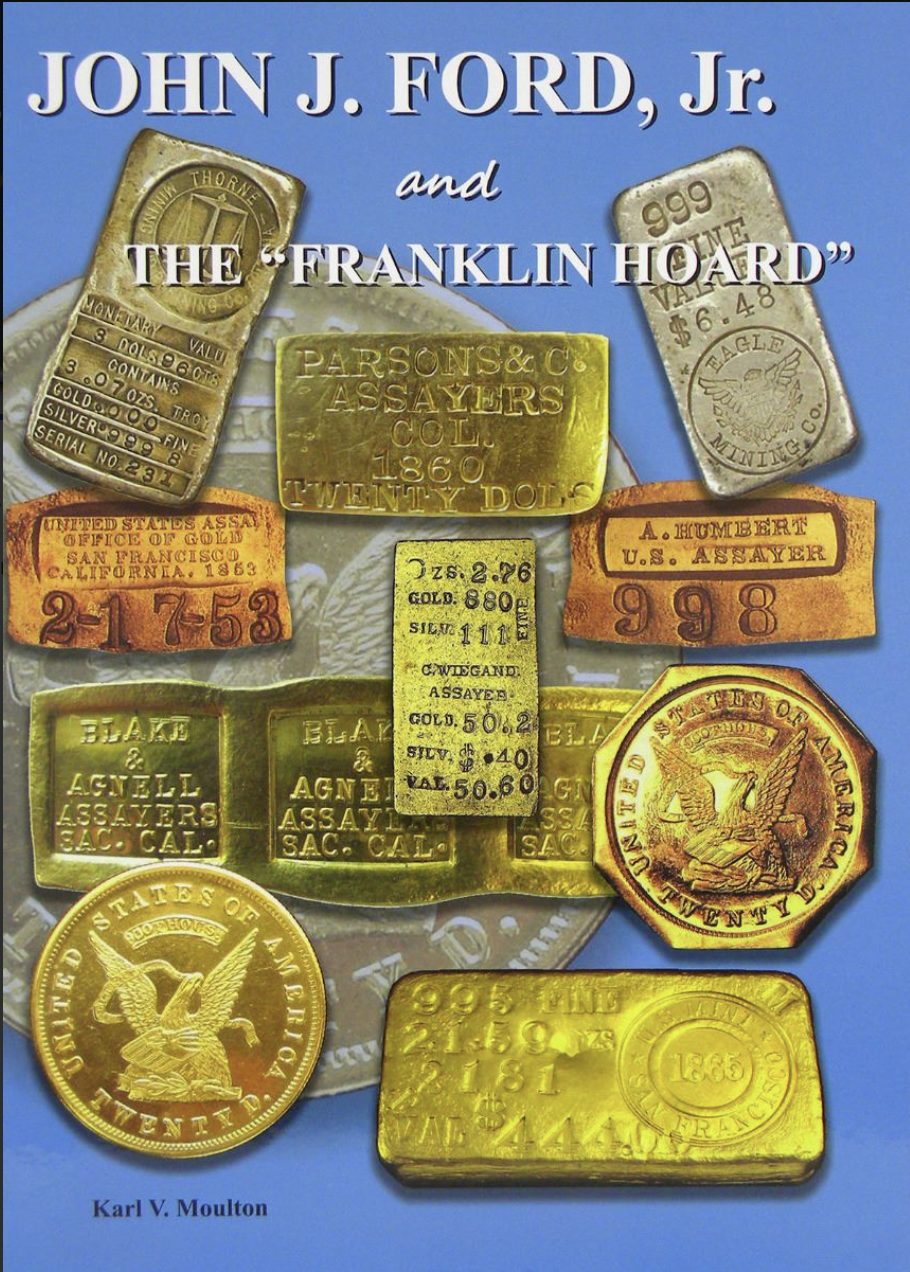
Collecting Ford Gold Ingots
—
in ZZ_ArticlesRead more: Collecting Ford Gold IngotsFollowing is a simplified breakdown of what would be theoretically possible to collect in Ford gold ingots. Just like we’ve done a census for 19th century ingots, we’ve also included a section on the website for fantasy ingots associated with John J. Ford Jr., or general fantasy pieces, especially if they are rare and/or made…
